Physicians facing a medical malpractice lawsuit frequently worry about the effects that being sued may have on future credentialing and licensing processes. One source of that worry for US physicians may be the National Practitioner Data Bank, though few of us really understand what the NPDB does. Today, let’s clear up that confusion by answering six FAQs regarding the National Practitioner Data Bank.
1. What is the National Practitioner Data Bank?
The National Practitioner Data Bank (NPDB) is a confidential, national clearinghouse for certain kinds of information related to physicians, other healthcare professionals and healthcare organizations. It exists to provide information to hospitals, licensing authorities, and the like, with the ultimate purpose of promoting patient safety and reducing fraud and abuse.
2. Why Was the NPDB Created?
In the mid-1980s, the frequency of medical malpractice litigation ballooned in the United States. In tandem, concerns mounted regarding the possibility that an incompetent physician might move state to state to escape a history of multiple prior adverse actions.
Congress responded with legislation which established the NPDB in order to provide a national source of such information for those with a legitimate interest in accessing it.
3. What Gets Reported to the NPDB?
Beginning in 1990, the NPDB began to receive mandated reports regarding payments made as a result of a malpractice claim against an individual professional.
Congress recognized from the outset that payments occur under a variety of circumstances. As the NPDB Guidebook notes: "‘[A] payment in settlement of a medical malpractice action or claim shall not be construed as creating a presumption that medical malpractice has occurred.’ Some medical malpractice claims (particularly those referred to as nuisance claims) may be settled for convenience and, as such, are not a reflection on the professional competence or professional conduct of a practitioner.”
Over the decades, the law has evolved to mandate that the NPDB collect a wider array of reports. As you can see HERE, a variety of organizations -- hospitals, malpractice insurance carriers, professional societies, the DEA, and others -- are mandated reporters, but only under very clearly specified circumstances.
In addition to payments made in response to a med mal claim, reportable actions include:
Exclusion from programs such as Medicare or Medicaid
Certain actions of state-licensing authorities, such as revocation or suspension of a medical license, whether related to clinical competence, professionalism, or criminal activity, as well as any reinstatement of that license
Limitations of clinical privileges for > 30 days, related to clinical competence or unprofessional conduct
Sanctions resulting from a formal peer review process
DEA Controlled Substance Registration Actions
Adverse actions by professional societies resulting from a formal peer review process.
Reports may be submitted in relation to individual physicians or other healthcare professionals (including dentists, NPs, PAs, CNMs, CRNAs), healthcare organizations, providers, and suppliers. Of note, payments made on behalf of a hospital or other entity rather than an individual physician are not reported in the name of the individuals providing the patient’s care.
Nota bene: When a malpractice claim results in no payment, even if that case has gone to trial, no report is made. Additionally, if one is named as a defendant but dropped prior to settlement or judgment, no report is required. In the case of malpractice claims, only payment on behalf of an individual defendant requires a report in the name of that individual.
4. Who Has Access to the NPDB?
The NPDB is protected and confidential. Unauthorized individuals, such as patients, cannot google NPDB reports.
Only specific entities, including hospitals and licensing boards, have the power to submit a query, and only for certain types of information. Take a look at this table for more information about who can query and for what purposes.
A couple of details worth mentioning:
Hospitals and similar organizations are required to submit queries on those they credential
Under limited circumstances, plaintiff’s attorneys may submit a query. The table mentioned above makes no mention of defense attorneys. As always, I recommend you fully disclose to your defense counsel any information you think may be useful in developing your defense, including information regarding prior claims. You certainly wouldn’t want your defense lawyer to lack information that the plaintiff’s attorney may have, and your lawyer doesn’t want to learn things from the plaintiff’s attorney that you could have told them yourself.
5. Can I See My NPDB File?
If a report is submitted in relation to a physician or other healthcare provider, the NPDB sends a letter to inform them of that fact. That letter will include a Report Number and Password. If you receive one, I suggest you go to the NPDB’s website to review the report, then store the letter safely.
It is easy and inexpensive to request a self-query from the NPDB. You may want to conduct a self-query randomly — just as you might check your credit report — or in anticipation of requesting licensure in a new state or credentialing at a new institution. For a fee of $4.00, you will receive your NPDB report in both electronic and paper form. It may show that there is no information on you in the NPDB, or it may list specific report numbers, permitting you to access their details.
6. What Can I Do If a Report is in Error?
There are ways to address incomplete or erroneous NPDB reports.
Individual practitioners do not have the power to change or void a report. However, at any time, you can add a statement to any report in your name to provide further detail or clarification. I would encourage you to seek the guidance of legal counsel before doing so.
If you “disagree with either the factual accuracy of the report or whether the report was submitted in accordance with NPDB reporting requirements,” you may initiate a dispute by placing the report in “Dispute Status.” Again, I would strongly recommend seeking legal counsel prior to initiating a dispute.
Once you have placed a report in “Dispute Status,” the onus is upon you to attempt to resolve the dispute with the organization which filed the report. Only the reporting organization has the authority to correct the report, void it, or leave it as is.
Even if the issue with the report seems to be the result of a simple error, I strongly suggest you find a good lawyer to assist you with this process. It can sometimes be brutal or damaging for individual physicians to deal with large healthcare entities or licensing boards, and you’ll want to make sure that things are done right the first time.
If after 60 days and a good-faith effort to resolve matters directly with the reporting entity, things have not been resolved to your satisfaction, you can elevate your report to the level of “Dispute Resolution.” This will initiate a request for the DHHS authorities overseeing the National Practitioner Data Bank to review the report. Note: if you receive communication from the reporting entity in under 60 days that they refuse to correct or void the report, you have the right to elevate the report’s status to “Dispute Resolution” immediately. Did I mention you ought to hire a lawyer?
I hope you’ve found this information helpful. Please let me know if you have further questions or other thoughts in the comments below or by e-mail.
If you’re a physician or other healer navigating malpractice litigation, I’ve got a CME course for you. Check out “Deposition Magic,” designed to provide you with all the insight you need to go into your deposition calm and ready to soar.



